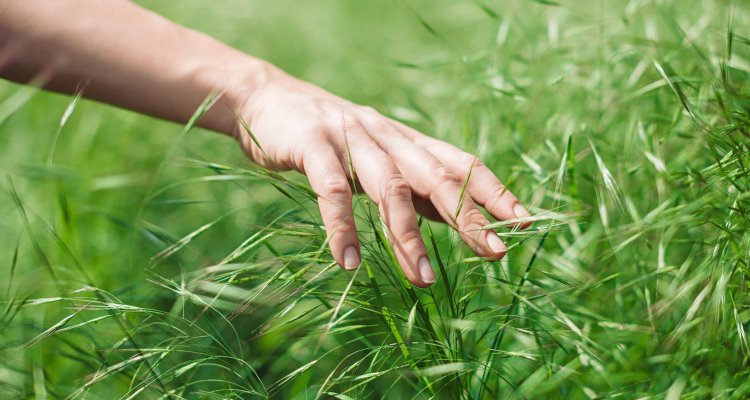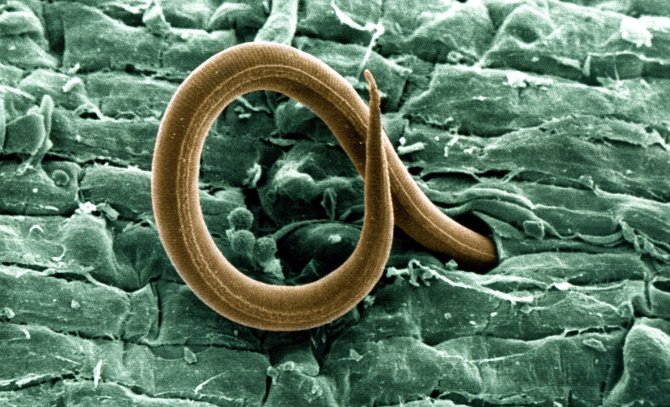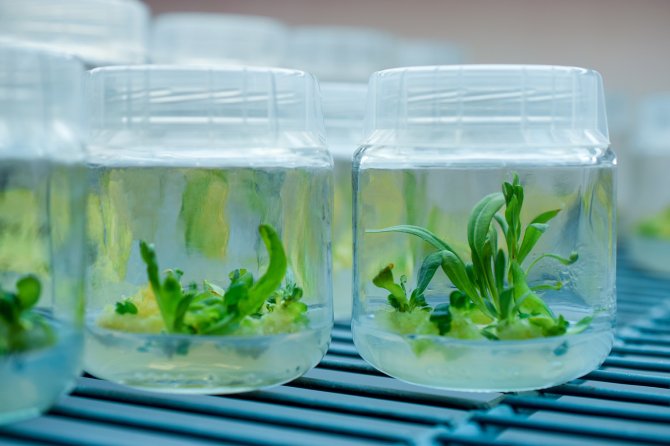
News
Millions for plant sensitivity, but is it worth it?
Wageningen researchers will lead a large-scale research project into the sense of touch in plants over the next decade. For this purpose, they received €22.8 million at the end of March. Why invest so much money and time in this?
Touch is not exclusive to humans and animals. Plants also sense and respond to touch. For instance, the shameplant Mimosa pudica folds its leaves when touched, the carnivorous Venus flytrap snaps its leaves shut upon feeling its prey, and the tendrils of climbing plants curl around as soon as they feel support. All plants possess some form of sense of touch. Take a step on the grass, and its blades feel the pressure of your feet, adjusting their growth accordingly. How such touches modify biological processes within a cell is still unknown. With the recent grant, scientists from seven universities will investigate this in detail. But what is in it for us?
Fighting invasive pathogens
Scientific research into the sense of touch in plants could greatly boost agriculture. Plants, including our food crops, are constantly threatened by pests and infections. The first step in an attack often involves physical contact: when pathogens like nematodes attack a plant, they forcefully pierce through its tough cell walls. "Once we understand how the plant perceives that force and activates its defence, we can manipulate it," says Joris Sprakel, professor of mechanobiology. For example, by teaching the plant to distinguish between threats and harmless stimuli. This could potentially enhance crop protection against diseases and reduce the use of pesticides.

Synthetic seeds
Furthermore, knowledge of touch sensitivity also offers opportunities for new breeding techniques, including synthetic seeds. In this process, scientists encapsulate modified pieces of the mother plant in a gel that develops into an exact replica of the mother. This is useful when the mother plant possesses precisely the right traits (such as good fruits or defensive compounds). However, synthetic seeds have a drawback: they lack a protective seed coat. And that is a big disadvantage, according to Sprakel. "The seed coat protects the interior from drying out and signals when it is time to germinate," he explains. With knowledge of the forces between the seed coat and the inside of the seed, scientists can potentially create a synthetic coat for artificial seeds—a major gain for the seed sector.
Tissue culture moulds
Exact genetic copies, or clones, of plants can also be made in another way: via tissue culture. This is a widely used method in laboratories and breeding companies, where researchers allow individual cells or small pieces of a plant to grow directly into a new specimen. Although this method has been used for a century, it still does not work optimally. The process almost always requires additional hormones and other signalling molecules.

The Wageningen scientists suspect that these cells lack context. "Normally, cells in tissues press against each other," explains Weijers. But this mechanics has largely been overlooked in tissue culturing during breeding and propagation of plants. Therefore, the researchers aim to mimic those forces by growing the cells in new, specially developed materials. "That way we trick the cells," Sprakel adds. "They think they are sending neighbouring cells; we expect this will help them grow better without additional hormones."
The project offers a unique opportunity for young researchers to engage in interdisciplinary work, rather than focusing on a single field.
Interdisciplinary training
To develop these three applications, researchers must first understand how plants precisely respond to forces. They expect to gather a significant portion of this fundamental knowledge over the next five years. Subsequently, they will increasingly focus on applying that knowledge in tissue culture, synthetic seeds, and crop disease protection. Achieving all this requires extensive research: the ten-year project will host 57 researchers. "We will use eighty percent of the budget to recruit and train young researchers (Ph.D. students and post-docs)," says Weijers. Because the project connects biology, physics, chemistry, and materials science, it offers a unique opportunity for young researchers to engage in interdisciplinary work, rather than focusing on a single field.
Even slightly more knowledge could bring enormous benefits to agriculture and food security
The question of how plants perceive touch and force might initially seem uninteresting or useless. Yet, it is an unexplored territory that could significantly advance global food security. The consortium's researchers are optimistic. Even slightly more knowledge could bring enormous benefits to the future of agriculture and food security worldwide. However, we can only begin to estimate the exact extent to which this research will benefit our agriculture in ten years' time.